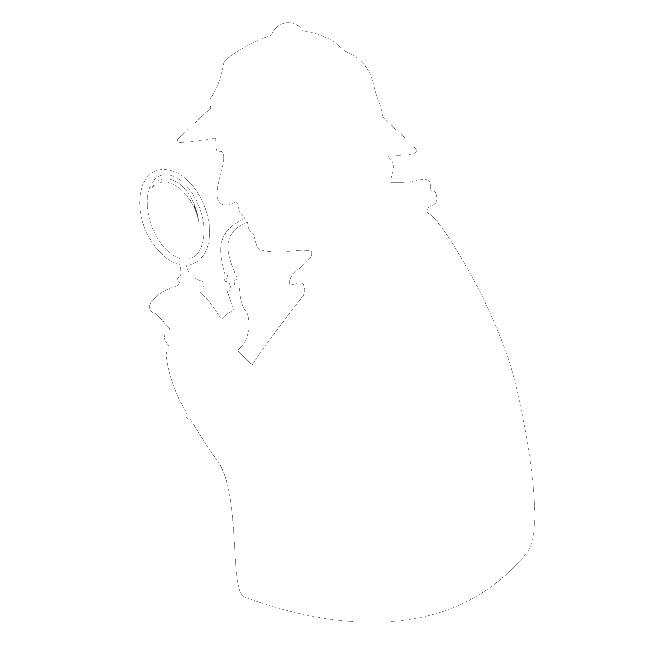Accident scene evidence: This includes photographs or videos of the accident scene, which can provide information about the road conditions, skid marks, debris, traffic signals, signs, and other factors relevant to the accident.
Police reports: If law enforcement officers responded to the accident, their reports can contain valuable information, including statements from the involved parties, witnesses, and their own observations.
Witness statements: Statements from individuals who witnessed the accident are often considered. These statements can help provide an unbiased account of the events leading up to the collision.
Vehicle damage assessment: The extent and location of damage on the vehicles involved can provide clues about the point of impact and the dynamics of the accident, helping determine the sequence of events.
Physical evidence: Other physical evidence, such as broken glass, paint transfer, or damage to nearby objects, can help reconstruct the accident and determine fault.
Traffic violations: Any traffic citations issued at the scene, such as for speeding or running a red light, can indicate fault if a driver violated traffic laws leading up to the accident.
Expert analysis: In more complex cases, experts may be consulted. Accident reconstruction specialists, engineers, or other professionals can use their expertise to analyze the evidence and provide insights into the dynamics of the accident and the actions of the drivers involved.
Statements from involved parties: The statements made by the drivers and passengers involved in the accident can be considered, although they may be subjective and influenced by individual perspectives and biases.
Medical records: If injuries were sustained in the accident, medical records can provide evidence of the severity and type of injuries, which can help determine fault and the extent of liability.
Surveillance footage or dashcam recordings: If available, footage from nearby surveillance cameras or dashcams can provide additional evidence of the accident and assist in fault determination.

